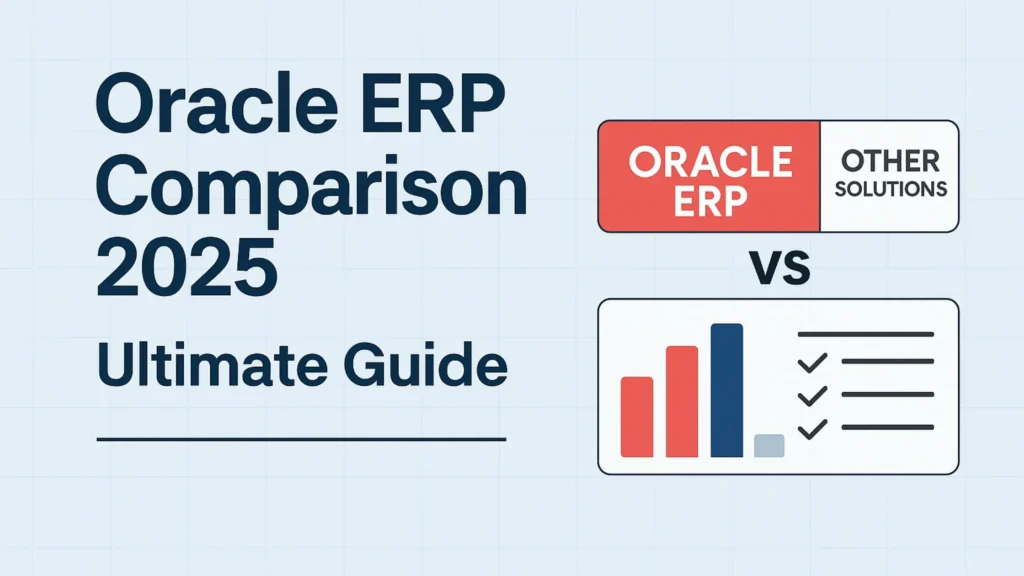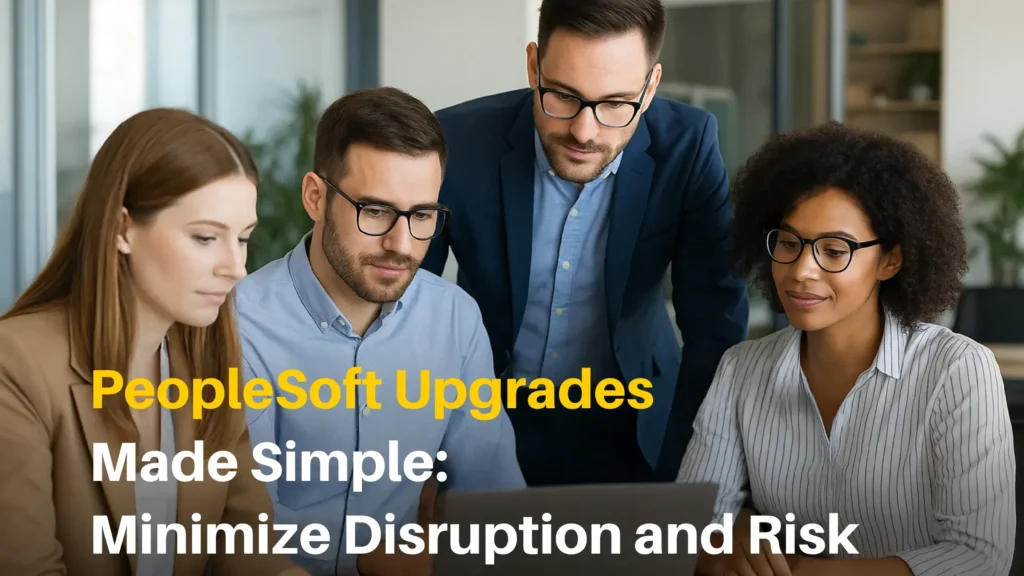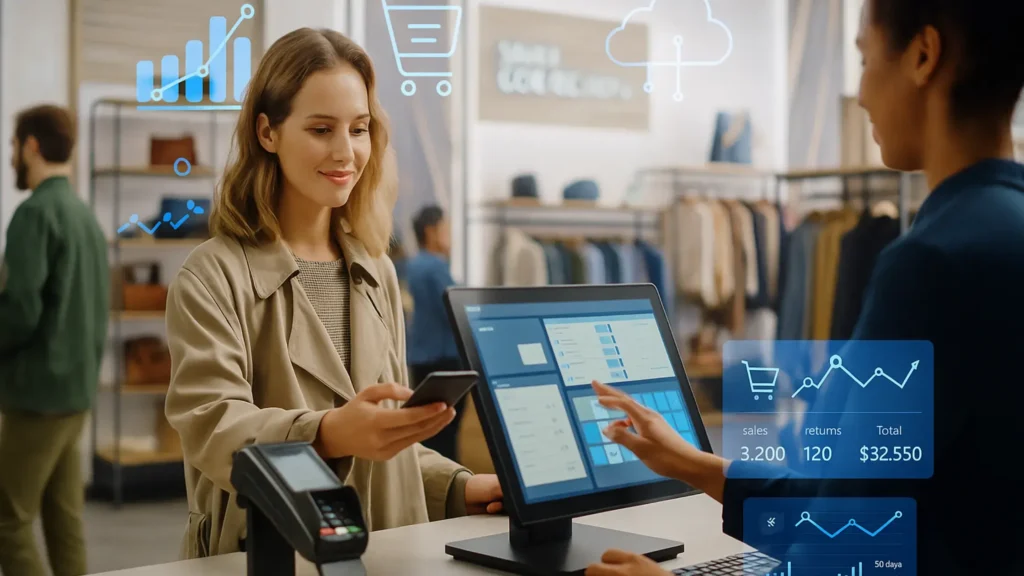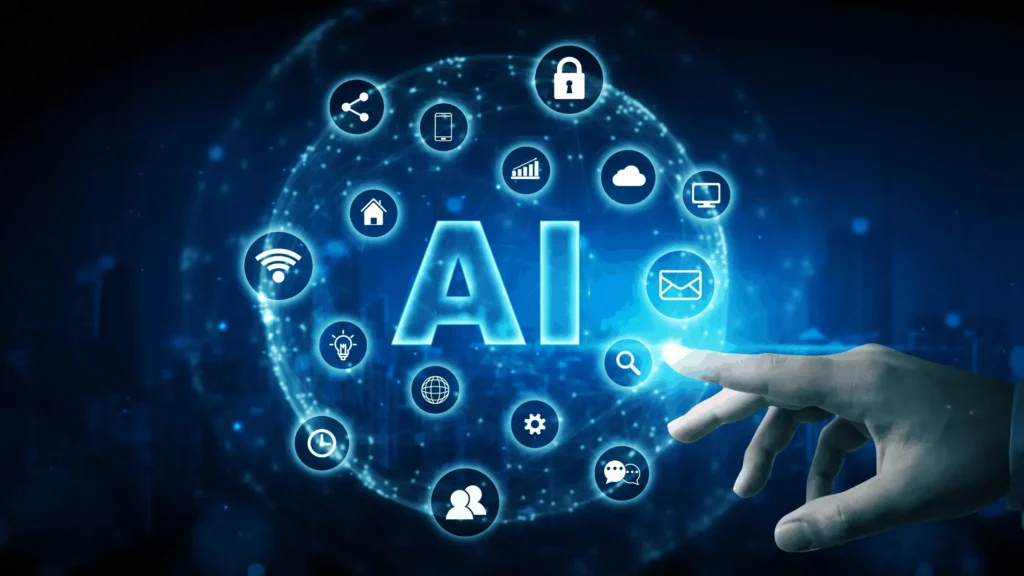Many organizations using PeopleSoft face challenges like outdated systems, high maintenance costs, and limited flexibility. Business Analysts often struggle with inefficiencies, a lack of real-time insights, and increasing demands for cloud integration. Without modernization, businesses risk falling behind competitors with agile ERP solutions.
At Everite Solutions, we help organizations modernize PeopleSoft to improve performance and cut costs. We also ensure easy integration with new technologies. Our main focus is on making your system more efficient, enhancing security, enabling cloud migration, and automating updates to keep your system up-to-date.
This explains the benefits of modernization and provides a simple step-by-step approach to get the most out of PeopleSoft. We share expert insights and service recommendations to help you with your transformation, whether you’re upgrading or moving to the cloud.
Strategic Advantages of PeopleSoft Modernization
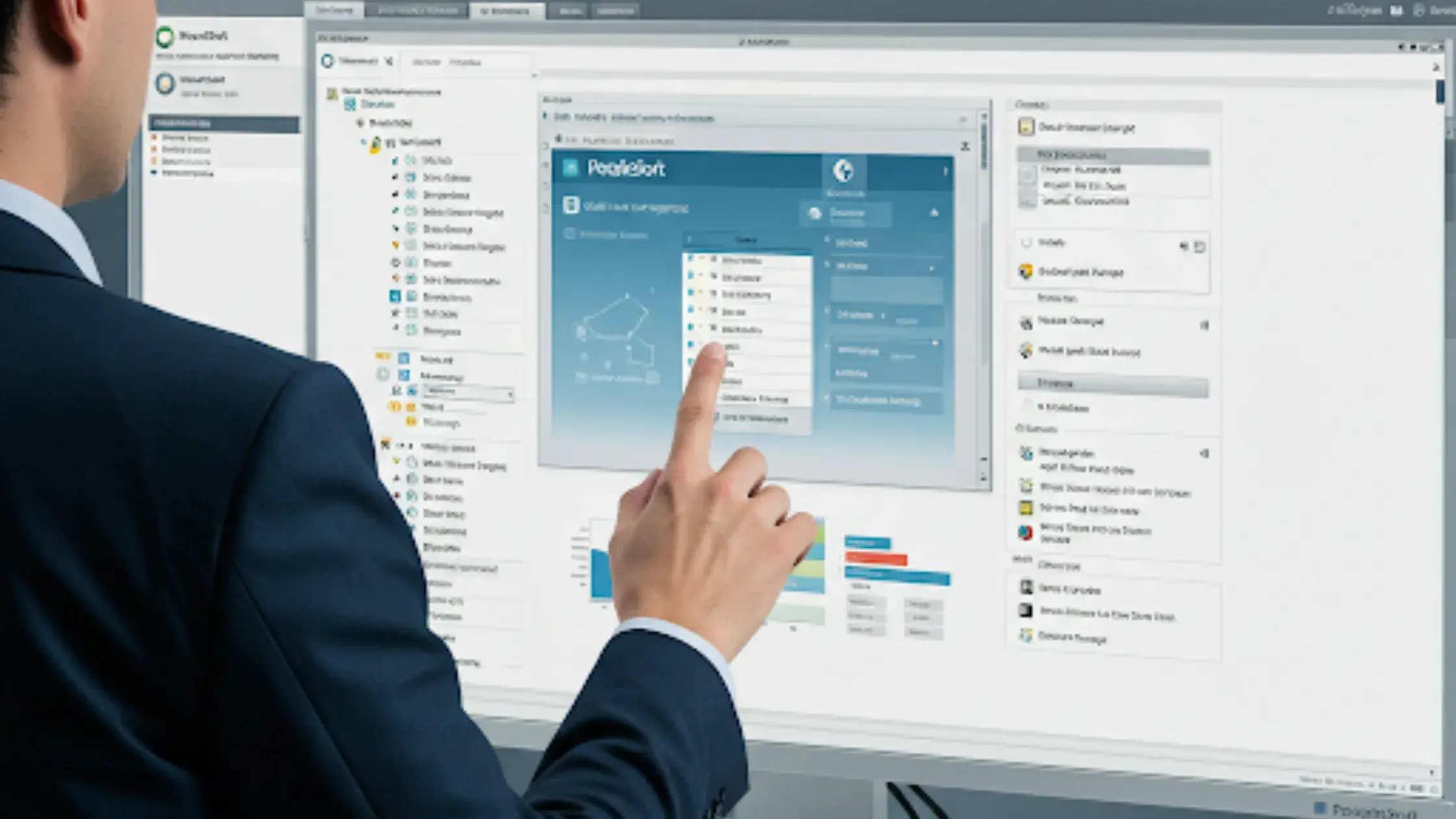
Modernizing your PeopleSoft environment delivers a spectrum of strategic benefits crucial for maintaining a competitive edge in today’s dynamic business landscape.
- Operational Excellence: Modernization improves operational excellence by removing performance bottlenecks and compatibility problems in old systems. By using modern technologies, we can streamline processes, which greatly boosts system performance and productivity.
- Improving User Engagement: To make users happier and help them learn faster, we need easy-to-use designs and responsive features. A modern PeopleSoft system can enhance user satisfaction and lower training time. It’s important to attract and keep skilled workers for our success.
- Boosting Security: Cyber threats are becoming more common, so we must update our security systems to protect sensitive information. Modern systems help keep data safe, which is crucial in today’s digital world.
- Flexible Business Operations: Modern systems help businesses quickly adapt to changing market needs. This ability keeps them competitive.
- Optimized Resource Allocation and Scalability: Moving to the cloud is a key step in modernization. Businesses can use resources more flexibly, which helps them avoid expensive hardware upgrades. This leads to savings on costs.
- Integrated Data Ecosystem: Integrating smoothly with other systems improves data flow. This helps businesses make informed decisions, which is essential for a successful strategy.
In essence, PeopleSoft modernization is not merely a technical upgrade; it’s a strategic imperative that drives operational efficiency, enhances user experience, fortifies security, and ensures business agility.
Step-by-Step Guide to Modernization
- Assessment and Planning: Start by evaluating your current PeopleSoft setup. Identify where you can make improvements and set clear goals for modernization. Compare PeopleSoft with other ERP solutions to ensure you are on the right track. Create a project plan that includes timelines, resources, and budget details.
- Data Migration and Cleansing: Keeping your data accurate is crucial. Create a strong plan to move your data to ensure it transfers correctly and completely. Use data cleansing processes to remove duplicates and fix inconsistencies.
- Infrastructure Upgrade: Decide whether to upgrade your current hardware or switch to the cloud. If you choose the cloud, select a dependable provider and create a clear migration plan.
- Application Upgrade: Start upgrading PeopleSoft. This involves updating applications, databases, and middleware to the latest versions. Test all updated components thoroughly to ensure they work well together. Researching how to improve PeopleSoft for better efficiency is important at this stage.
- Customization and Integration: Review current customizations and integrations. Decide which customizations you still need and which can be replaced with standard functions. Make sure everything works well with other enterprise systems.
- Testing and Validation: Conduct thorough testing, including unit testing, integration testing, and user acceptance testing. Quickly address any issues that arise.
- Deployment and Training: Plan to roll out the new system in phases to reduce disruptions. Train users thoroughly on how to use the new features and functions.
- Post-Implementation Support: Create a strong support system to help with any issues after the system goes live. Keep track of how the system is performing and gather user feedback to make improvements. If needed, look for PeopleSoft upgrade service providers for ongoing support.
Best Practices for a Successful PeopleSoft Upgrade
A successful PeopleSoft upgrade requires meticulous planning, rigorous execution, and a commitment to continuous improvement. Here are the key best practices to ensure a smooth and effective transition:
- Comprehensive Planning and Assessment:
- Current State Analysis: Review your PeopleSoft environment carefully. Look at any customizations, integrations, and data you have.
- Clearly Defined Objectives: Set clear goals for the upgrade. Use the SMART method: make them specific, measurable, achievable, relevant, and time-bound.
- Risk Assessment and Mitigation: Find potential risks and create plans to reduce them. This will help avoid disruptions.
- Resource Allocation: Make sure you have enough resources, including staff, budget, and time, for the upgrade.
- Data Management and Integrity:
- Data Cleansing: Prioritize data cleansing to eliminate inconsistencies and redundancies before migration.
- Data Migration Strategy: Create a clear plan for moving data. Make sure to include steps to check and confirm the accuracy of the data.
- Backup and Recovery: Set up strong backup and recovery processes to keep data safe and ensure its integrity.
- Technical Execution and Testing:
- Phased Approach: Use a step-by-step upgrade plan to reduce disruptions and ensure thorough testing.
- Environment Preparation: Create separate environments for testing, development, and production.
- Thorough Testing: Carry out comprehensive testing, which includes unit tests, integration tests, system tests, and user acceptance tests (UAT).
- Performance Optimization: Improve system performance by tuning the database and configuring the application.
- Change Management and Communication:
- Stakeholder Engagement: Engage stakeholders throughout the upgrade process, including end-users, IT staff, and management.
- Communication Plan: Develop a clear communication plan to inform stakeholders of progress and potential disruptions.
- User Training: Train end-users on the new features and functions. Change Impact Analysis: Identify and manage how changes will affect business processes and workflows.
- Post-Upgrade Support and Optimization:
- Post-Implementation Review: Conduct a post-implementation review to assess the upgrade’s success and identify improvement areas.
- Continuous Monitoring: Set up ongoing monitoring to track how the system is performing and catch any issues early.
- Ongoing Support: Provide support to users at all times and quickly resolve any problems after the upgrade.
- Optimization and Maintenance: Make a plan for regular updates and maintenance to keep the system stable and working well over time.
Key Considerations:
- PeopleTools Version: Check that your PeopleTools version works with the application releases.
- Customizations: Review and simplify customizations to make upgrades easier.
- Integrations: Test your integrations with other enterprise systems to ensure they work.
- Service Providers: If you use outside service providers, confirm they have experience with PeopleSoft upgrades.
- Security: Make sure all security updates are in place.
Using best practices can help organizations reduce risks, improve benefits, and successfully upgrade PeopleSoft to meet their business goals.
Conclusion
Our consultants have strong knowledge and experience in the industry. This helps them quickly understand your business needs and improve your processes right away. With Everite Solutions, you can modernize your PeopleSoft system easily, which will boost performance, lower costs, and provide long-term growth.
If you’re ready to modernize your PeopleSoft environment, contact Everite Solutions today. We can help you find strategies that work for your business. For more information, visit us



